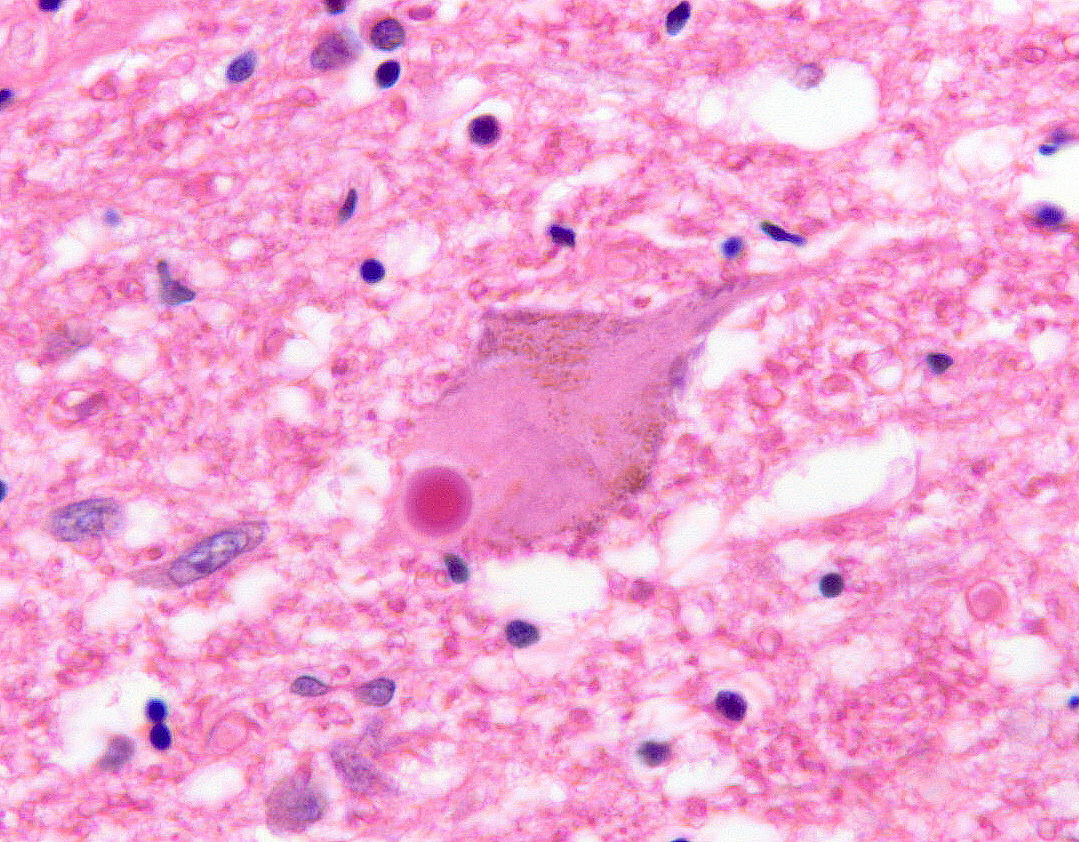
Brain UK study ref: 12/004,
Lay summary,
Project status: Active
Evidence for stem cell neuroprotection in genetic ataxias
Dr Kevin Kemp, University of Bristol
Within the cerebellum, one particular cell, the Purkinje cell, is crucial to its overall function and is progressively lost in many neurological diseases, including the inherited cerebellar and spinocerebellar ataxias. Finding a way of protecting this cell specifically is therefore of vital importance to prevent progressive disability. Studies clearly indicate bone marrowderived cells protect nerve cells and induce repair of the nervous system. They do this by multiple mechanisms, but one important process that has been observed is called cell fusion. Cell fusion being when genetic material (DNA) from one cell becomes integrated into another cell. The phenomenon of bone marrow-derived cells fusing with Purkinje cells has been observed in experimental models of cerebellar disease, raising the possibility that fusion is a repair process to rescue damaged nerve cells. The aim of this project is therefore to explore in human tissue donated from patients who had a history of genetic cerebellar or spinocerebellar ataxia, whether stem cell recruitment and Purkinje cell fusion in the brain is influenced by their disease. In-turn, we hope the proposed studies will help provide novel and fundamental insights into the ways in which nerve cells can be protected or replaced.
